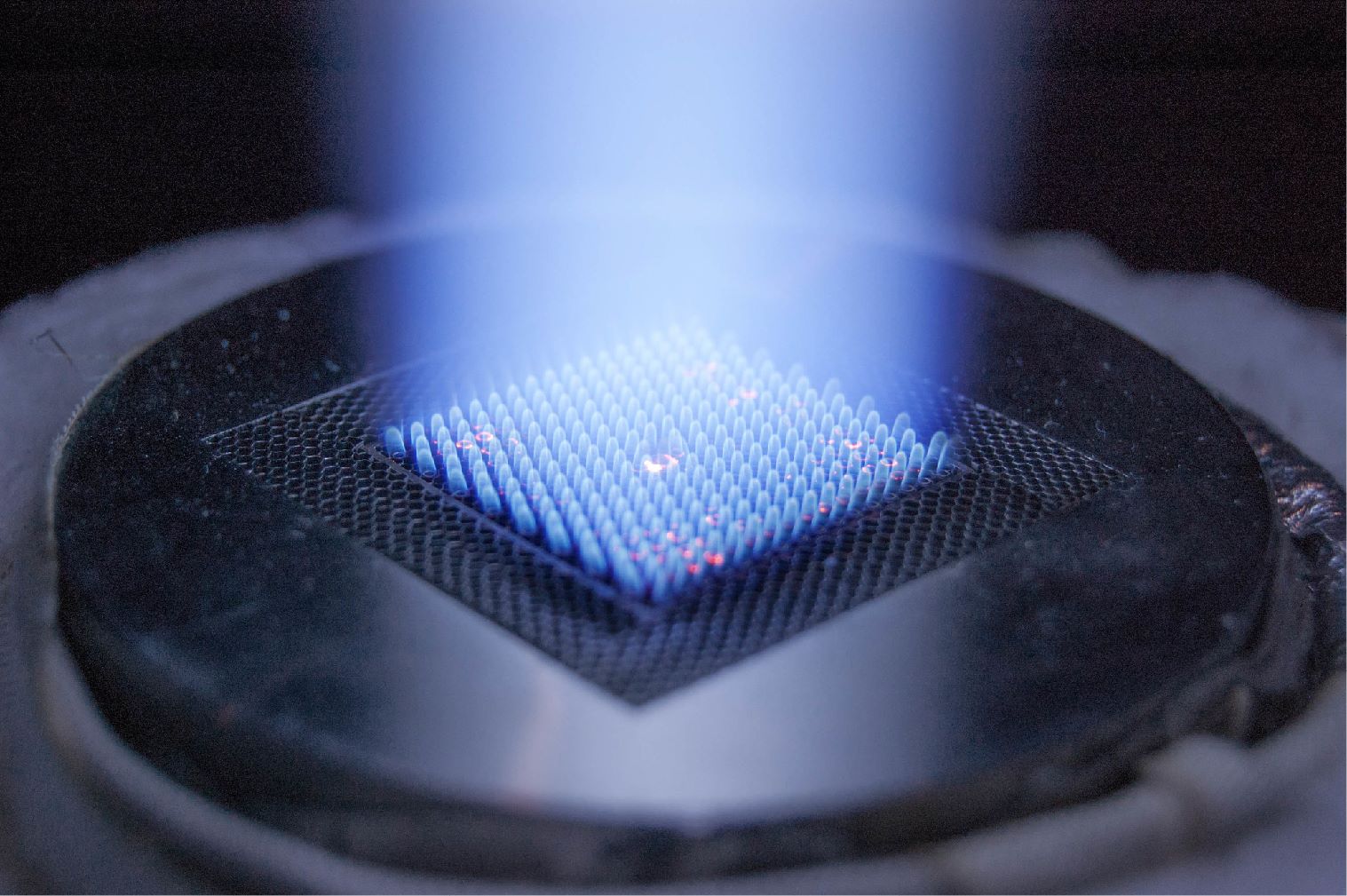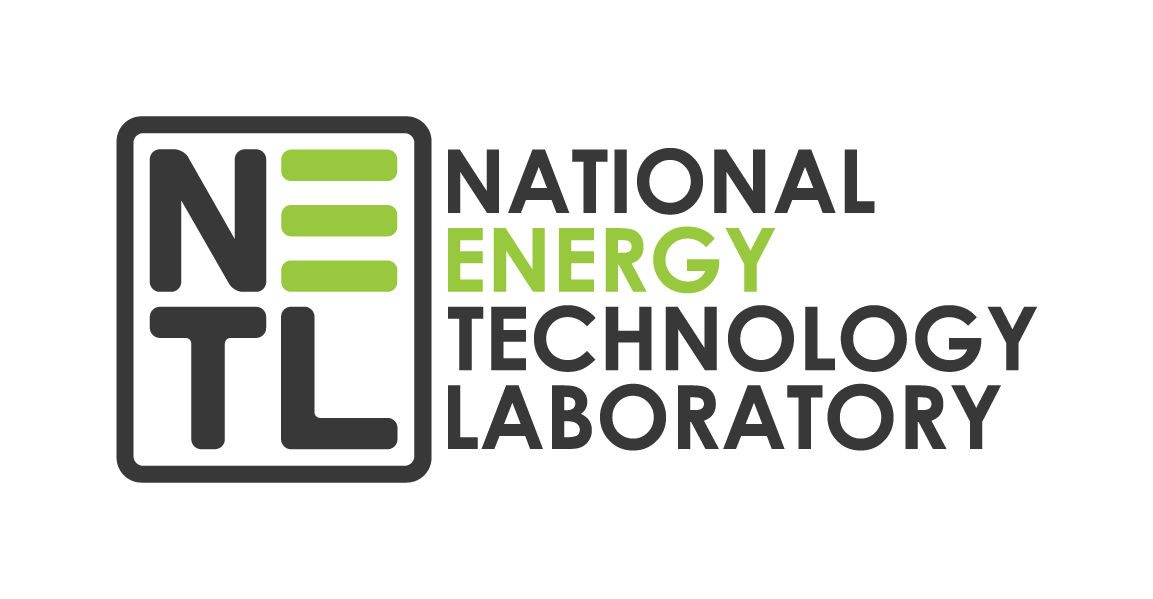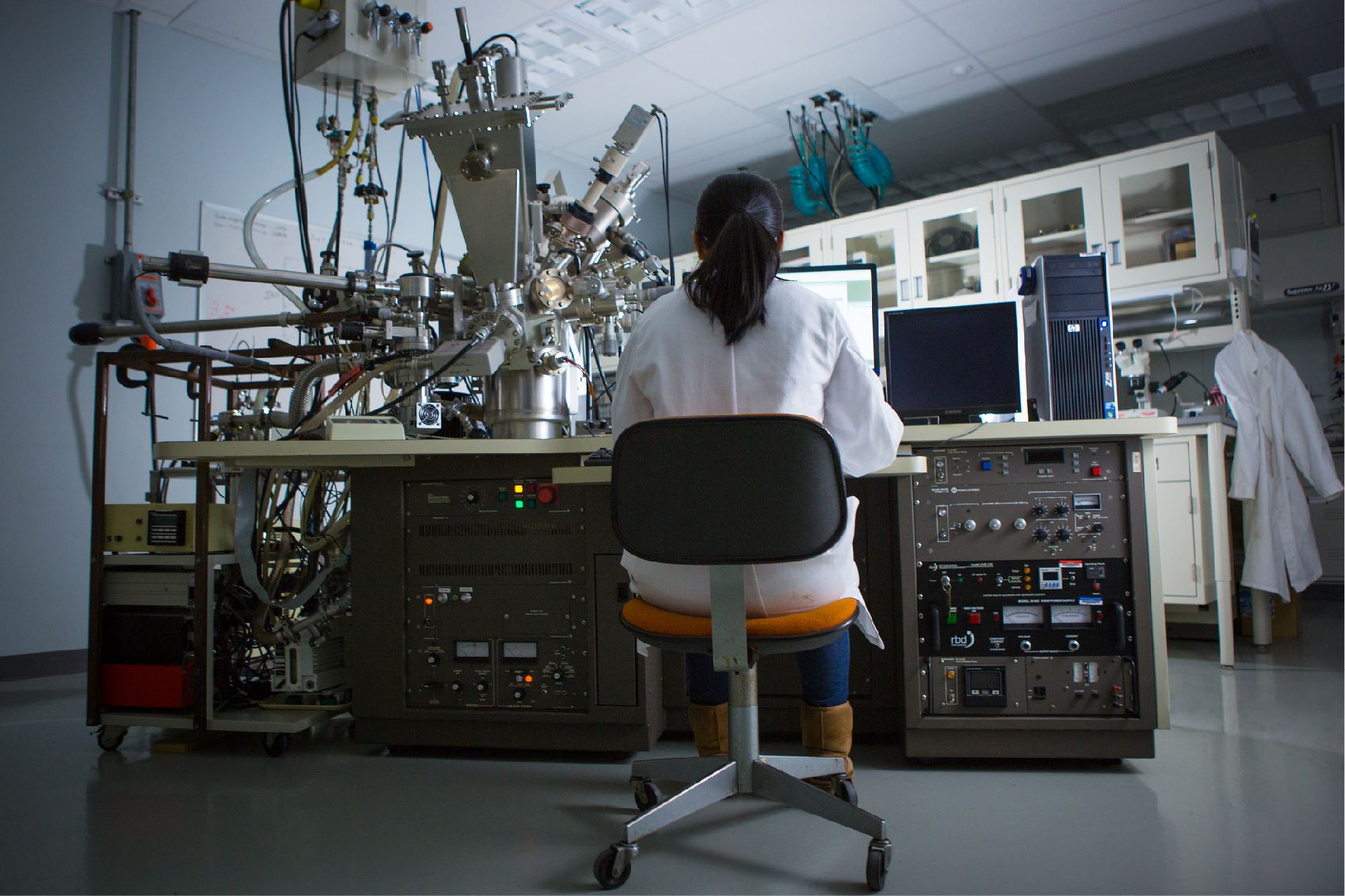Director’s Corner
by Brian Anderson, PhD.
NETL compiled a long list of accomplishments in the fourth quarter of 2019, thanks to the notable talent and hard work of our team members. Among the most outstanding achievements were when:
- NETL experts found new uses for coal from carbon composites and 3D printing materials through the Laboratory’s Coal Beneficiation Program and a dynamic new collaborative effort with universities and sister national laboratories known as the Consortium on Coal-based Carbon Materials Manufacturing (COAL MAT). NETL research included testing of laboratory- and pilot-scale technologies to produce upgraded coal feedstocks and additional revenue-producing products.
- An NETL review of corrosion sensing technology demonstrated the powerful potential of emerging applications to provide continuous real-time monitoring of oil and natural gas infrastructure and empower industry to prevent pipeline leaks and failures, boosting infrastructure resilience and safety while mitigating unnecessary expenses that are often passed on to consumers via energy bills.
- A new NETL study identified strong opportunities for global export of high-performance materials used in power plants and the aerospace industry – exports that could mean increased demand for U.S. goods and services and positive impacts for the U.S. economy. The report, “Assessing the Export Potential for High-Performance Materials,” examined the export potential and economic impacts resulting from both the primary and potential secondary applications of NETL high-performance materials research.
- A team of researchers from government, academia and industry used NETL’s advanced carbon storage estimation tool called CO2-SCREEN to assess the feasibility of a commercial-scale carbon dioxide (CO2) storage complex in the Northern Michigan Basin that could safely and cost-effectively store carbon emissions from industrial operations in the region. Use of the tool was documented in the International Journal of Greenhouse Gas Control.
- An NETL-sponsored project leveraged artificial intelligence for more efficient, long-lasting and reliable gas turbines to meet America’s growing energy needs. With funding and guidance from NETL, North Carolina-based Siemens Corp. and its partners are developing smart sensor systems that provide real-time monitoring of gas turbine components, thereby enabling condition-based maintenance and prediction of each component’s remaining useful life.
- NETL researchers tested a more durable oxygen carrier for 54 hours at the Lab’s Chemical Looping Reactor in Morgantown, West Virginia. The oxygen carrier, which is based on low-cost minerals, demonstrated a ten-fold increase in durability — a record-breaking accomplishment that represents a significant step toward the commercialization of chemical looping combustion (CLC). CLC is capable of delivering affordable and dependable power to the nation while reducing environmental impacts due to its more streamlined CO2 capture capability.
- NETL’s extended its work with solid oxide fuel cells (SOFCs) to include development of reversible SOFCs, which can alternately either generate power or produce clean-burning fuel. The Lab also demonstrated an optical fiber sensor responsive to changes in oxygen partial pressure in an SOFC environment, illustrating the utility of optical fiber sensors for in-situ testing. Since SOFCs produce electricity through an electrochemical reaction and not through a combustion process, they are much more environmentally friendly than conventional electric power generation methods due to higher efficiencies, reduced water usage and reduced CO2 emissions.
- NETL expanded its work to determine the production feasibility of natural gas hydrates in Alaska through an international cooperative research effort and continued work with sister U.S. Department of Energy (DOE) national laboratories. Gas hydrates are naturally occurring combinations of natural gas and water that form in specific conditions of relatively cold temperatures and relatively high pressures. They are known to occur in abundance in northern Alaska, as well as in the shallow sediments of deepwater continental margins around the world, including well-documented deposits in the Gulf of Mexico and off the southeastern coast of Japan.
- Three NETL employees were deployed to regions expecting impacts from Hurricane Dorian ahead of the hurricane’s arrival, and a fourth employee provided virtual assistance. All four employees contribute their time and expertise as part of the Emergency Support Function (ESF) #12 program, which aids the Federal Emergency Management Agency (FEMA) as part of the United States National Response Framework. NETL supports ESF #12 by maintaining a team of regional coordinators who cover FEMA regions spanning 36 states in the continental United States, plus the District of Columbia, Puerto Rico and the U.S. Virgin Islands.
- NETL collaborated with Carnegie Mellon University, Metglas and Eaton to develop a cobalt-based nanocrystalline alloy and an innovative strain anneal manufacturing process that produce inductive components with unprecedented magnetic capabilities for use in motors, electrical machinery and more. These patented, market-ready technologies link atomic-level changes to grid-scale impacts, offering the possibility of customizing magnetic properties for superior performance in a broad range of specific applications.




